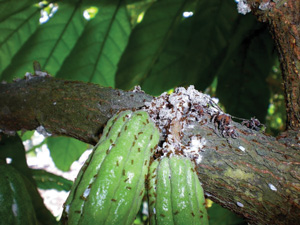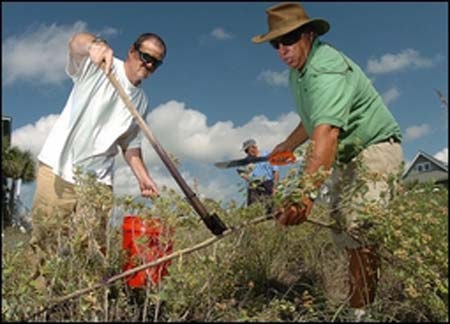The little fire ant, Wasmannia auropunctata, is a pest with a deservedly nasty reputation. Alone, this wee ant is neither…
Read More
2012
Invasive plants=Less water
When rain falls from the sky by the bucket-load it can be tempting to take water for granted, but the…
Read More
From Paper Maps To GPS Units, The Evolution of Technology in Conservation
If smart phones, tablets, and global positioning systems (GPS) are on your wish list, you are not alone. These gadgets…
Read More
Plants Out of Place-Native to Hawaii but Invasive Somewhere Else
The native Hawaiian ecosystem is often described as fragile and prone to invasion, so it may come as a surprise…
Read More
Ants and Hawaiian Seabirds – A Deadly Combination
The Hawaiian archipelago is crawling with ants and not a single one belongs here. Humans introduced over forty-five ant species…
Read More



